The Indian agritech sector stands at a critical inflection point. As digital adoption deepens across the country’s vast rural landscape, accessibility, inclusivity, and local relevance have emerged as the cornerstones of long-term success. While the sector has seen remarkable innovation in precision farming, digital marketplaces, and AI-based advisory systems, the next phase of growth depends on how effectively technology can speak the language of India’s farmers—both linguistically and contextually.
Local language as the bridge between innovation & inclusion
India is home to over 146 million farmers, the majority of whom are small and marginal landholders. Most of them operate in local ecosystems where Hindi or English is not the primary mode of communication. As indicated by farmer behaviour and field-level trends, most rural users prefer accessing digital services in their native language, a preference that continues to grow with rising smartphone penetration. This underlines a crucial reality: innovation in agriculture must be built on linguistic inclusivity.
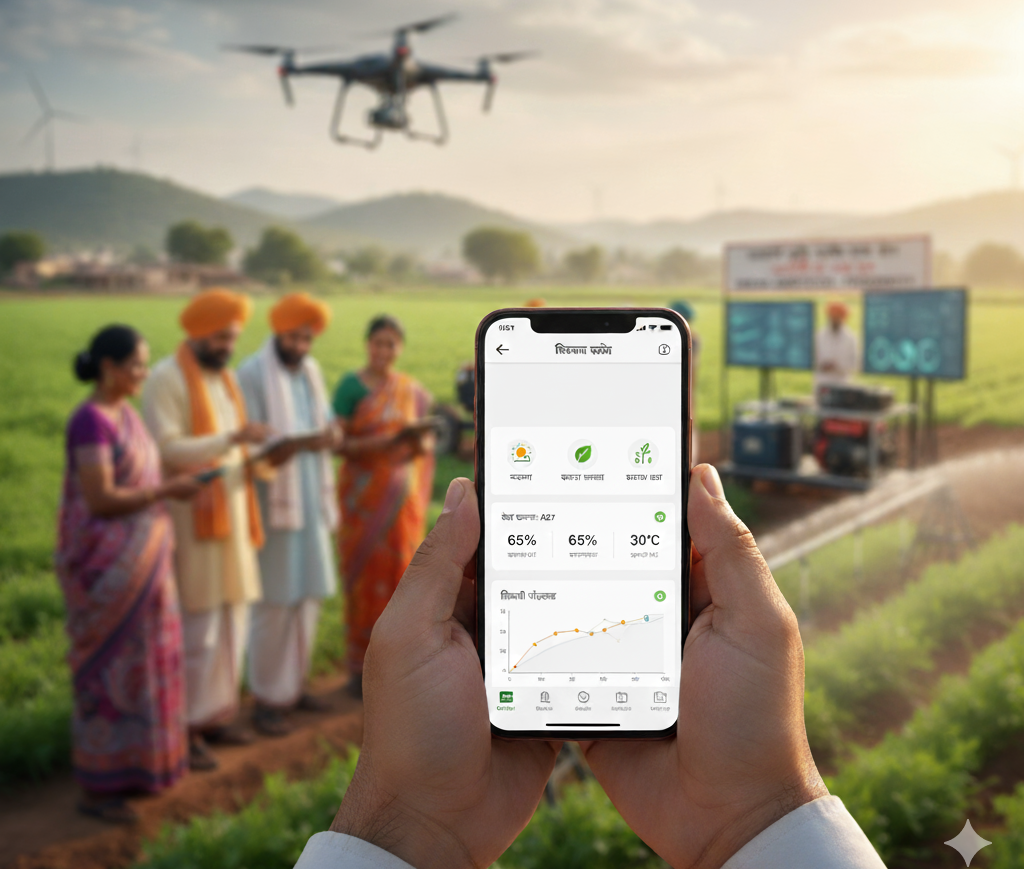
Digital tools can only empower farmers when they are easily understandable and culturally aligned. A local-language interface not only enhances comprehension but also strengthens trust—especially in decisions that directly impact livelihoods. When farmers receive advisories, weather alerts, or market prices in their native language, they are far more likely to adopt and act on the information. This seemingly simple shift can significantly improve productivity and reduce dependency on middlemen.
The rural-first imperative!
India’s rural population accounts for nearly 65% of its total demographic base, and digital connectivity in these regions is expanding rapidly. With rural internet penetration now nearing 50%, millions of first-time users are entering the digital ecosystem. Yet, connectivity alone does not guarantee access. Many rural farmers face barriers such as limited literacy, unfamiliarity with complex app interfaces, or inconsistent network coverage.
The focus, therefore, must shift from mere digitisation to digital usability. Rural-first agritech tools are increasingly designed to function effectively in low-bandwidth environments, offer offline capabilities, and use intuitive visual and audio-based navigation. Features such as voice commands, interactive voice response (IVR) systems, and vernacular alerts are helping bridge the gap between innovation and accessibility.
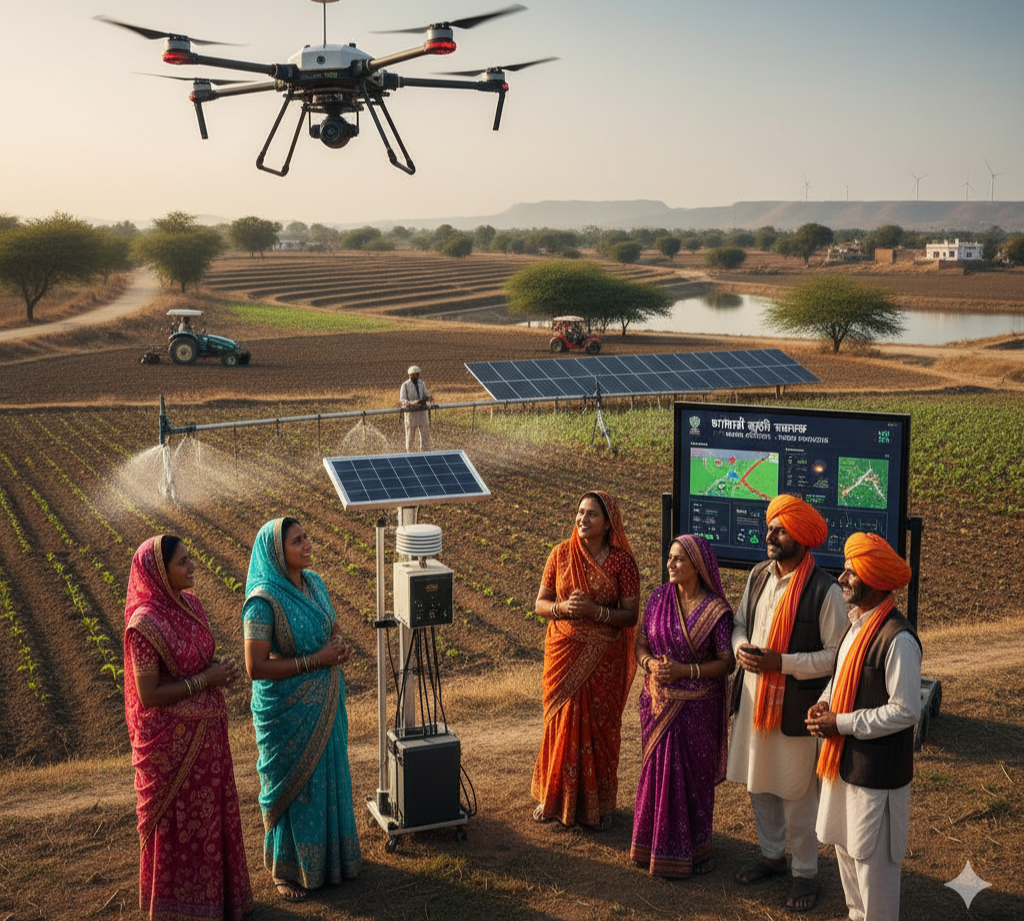
agribazaar: A local language model of accessibility
agribazaar has been at the forefront of this transformation by ensuring that technology remains accessible to every farmer, regardless of linguistic or regional background. The platform supports multiple Indian languages, including Hindi, Punjabi, Marathi, Gujarati, and Telugu, making it one of the most linguistically inclusive agritech solutions in India.
This multilingual approach is more than a translation feature—it is a commitment to inclusion. Each interface and communication touchpoint has been designed to ensure that farmers can engage with the platform confidently. Whether it is discovering real-time mandi prices, accessing crop-specific advisories, or executing transparent digital transactions, agribazaar ensures that farmers receive information in a form that resonates with their linguistic comfort.
With over millions of smallholder farmers in India now using mobile phones for agricultural purposes, multilingual tools like agribazaar are critical in driving digital adoption. When a Gujarati-speaking farmer can compare market prices in Gujarati or a Telugu-speaking user can access crop care advisories in Telugu, the likelihood of repeated engagement and informed decision-making increases manifold.
Integrating tech, trust, & cultural context
Building for rural India requires more than just language adaptation—it requires contextual intelligence. Farmers across regions differ not only in language but also in cropping patterns, climate exposure, and local challenges. For agritech platforms, this means aligning technology with ground realities.
Integrating weather-based insights, localized crop calendars, and region-specific advisories ensures that the technology remains relevant. With AI-driven analytics and data-backed recommendations now guiding crop selection and risk mitigation, the clarity offered by local-language support becomes even more critical. Misinterpretation or lack of understanding can lead to significant yield losses, and hence, linguistic accessibility becomes a form of risk management.
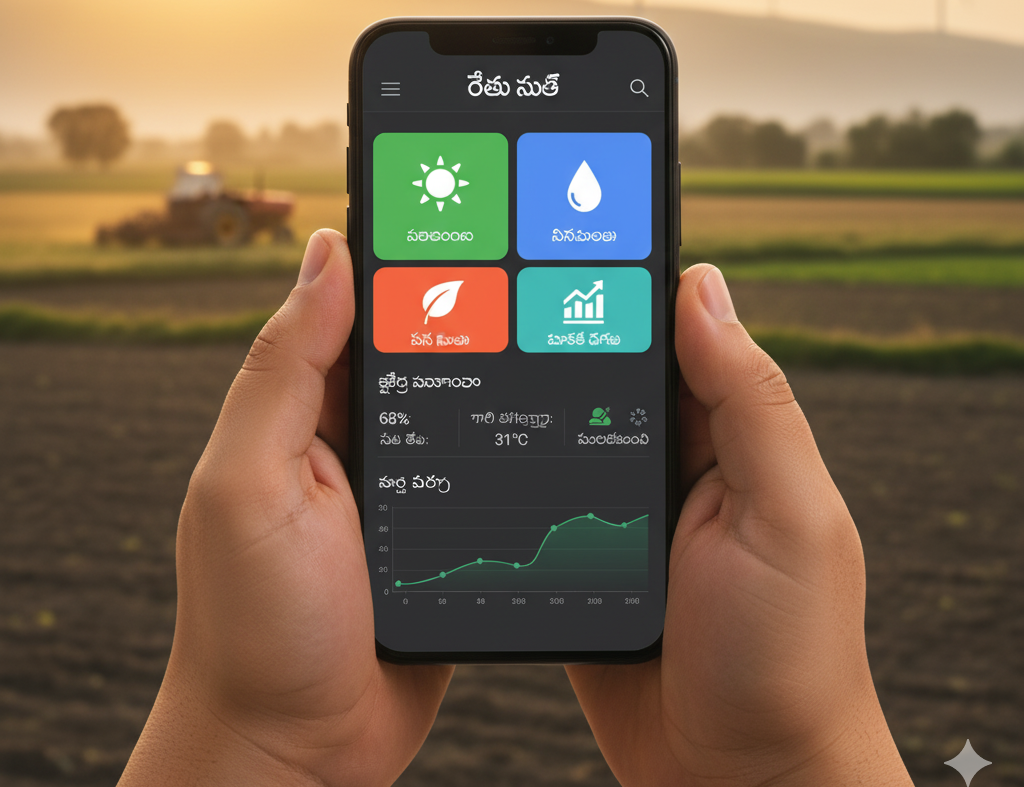
Furthermore, community engagement remains a strong pillar of successful rural technology deployment. Platforms that employ local agents or field facilitators to assist farmers in onboarding and using digital tools see higher adoption rates. When technology speaks the farmer’s language—supported by people they trust—it transforms from a service into a partnership.
A new era of inclusive agritech
The future of agritech in India depends not just on technological sophistication, but on its ability to include. By 2025, the agritech ecosystem—now comprising over 3,900 startups—is expected to contribute significantly to improving efficiency, transparency, and income security across the agricultural value chain. However, for this impact to be truly national, accessibility must be prioritised as much as innovation.
Platforms like agribazaar are setting new benchmarks by recognising that digital inclusion is linguistic inclusion. Their rural-first, multilingual model ensures that technology does not remain confined to a privileged segment but reaches the grassroots where it is needed most. As India continues its journey toward digital agriculture, the focus on local language and accessibility will define how equitably the benefits of agritech are distributed.
In essence, the future of Indian agriculture will not only be digital—it will be multilingual, inclusive, and farmer-first. By making technology accessible in every sense of the word, agribazaar and similar platforms are not merely connecting farmers to markets—they are connecting them to possibilities.
Disclaimer
The content published on this blog is provided solely for informational and educational purposes and is not intended as professional or legal advice. While we strive to ensure the accuracy and reliability of the information presented, agribazaar make no representations or warranties of any kind, express or implied, about the completeness, accuracy, suitability, or availability with respect to the blog content or the information, products, services, or related graphics contained in the blog for any purpose. Any reliance you place on such information is therefore strictly at your own risk. Readers are encouraged to consult qualified agricultural experts, agronomists, or relevant professionals before making any decisions based on the information provided herein. agribazaar, its authors, contributors, and affiliates shall not be held liable for any loss or damage, including without limitation, indirect or consequential loss or damage, or any loss or damage whatsoever arising from reliance on information contained in this blog. Through this blog, you may be able to link to other websites that are not under the control of agribazaar. We have no control over the nature, content, and availability of those sites and inclusion of any links does not necessarily imply a recommendation or endorsement of the views expressed within them. We reserve the right to modify, update, or remove blog content at any time without prior notice.

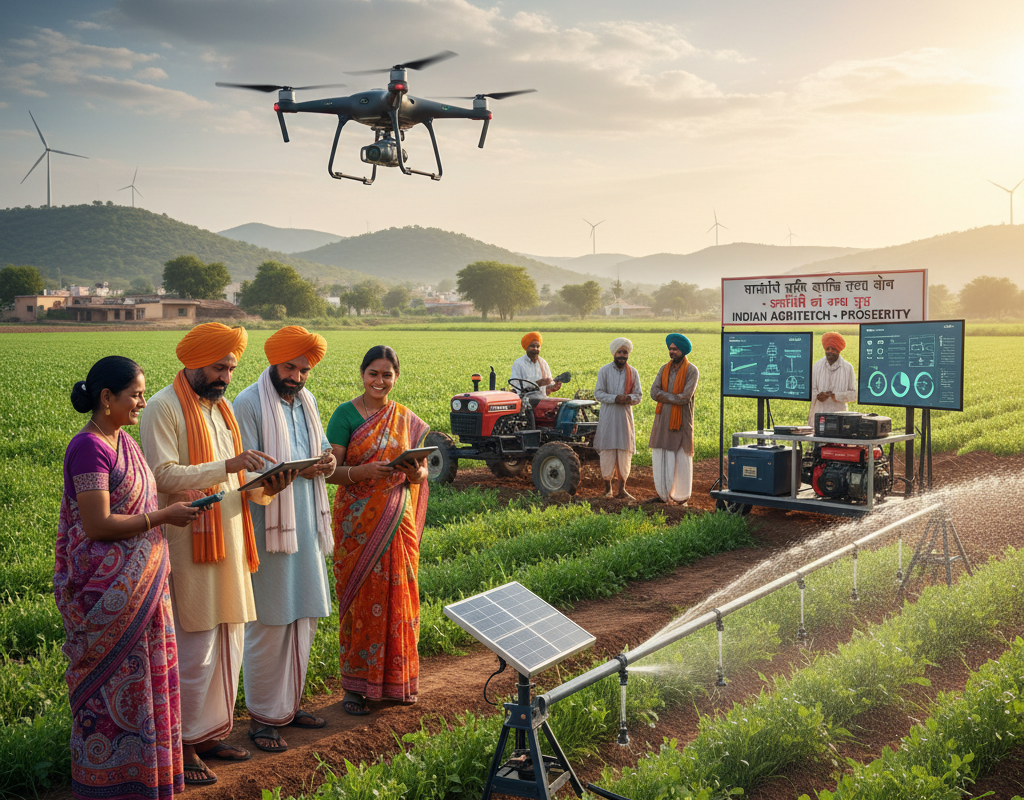
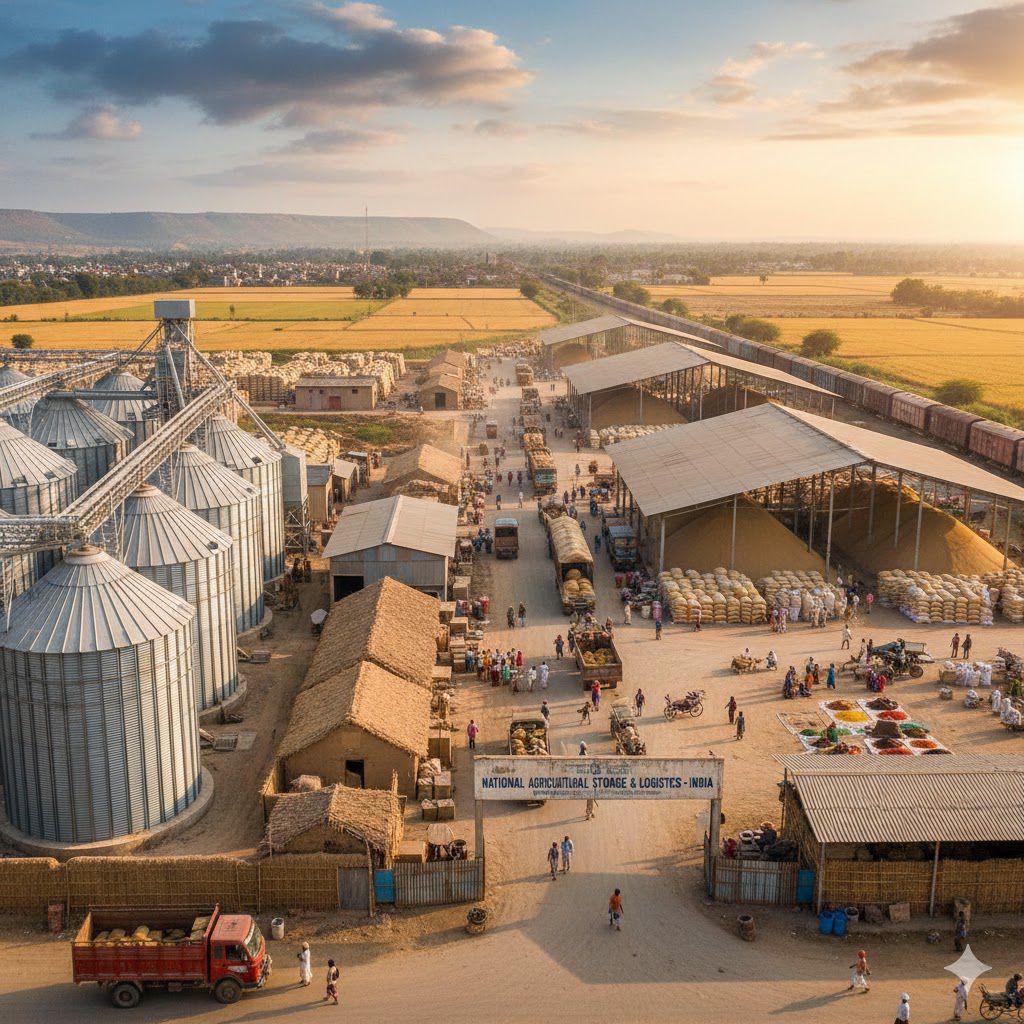

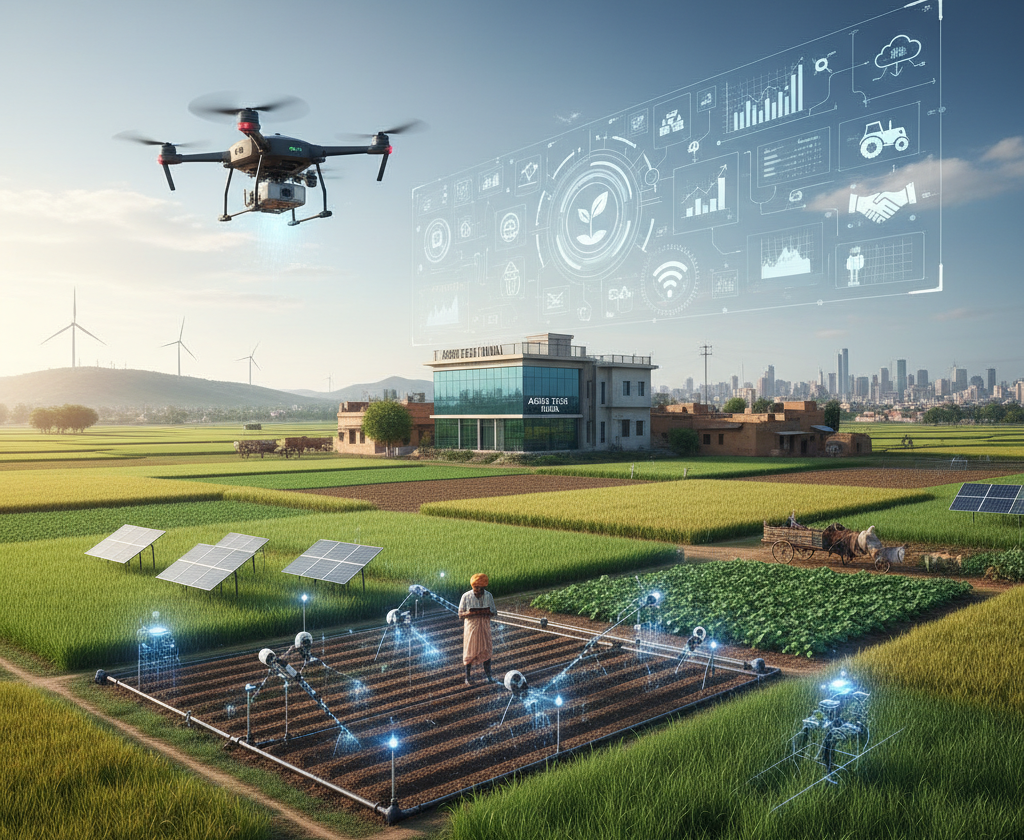
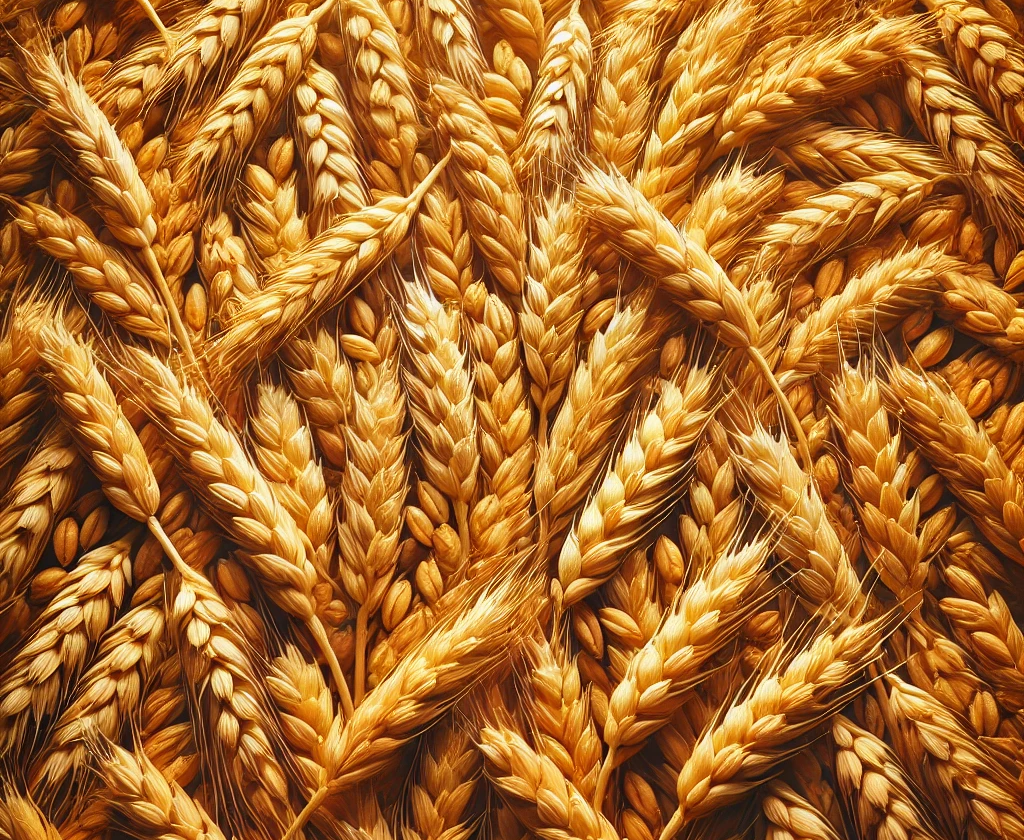
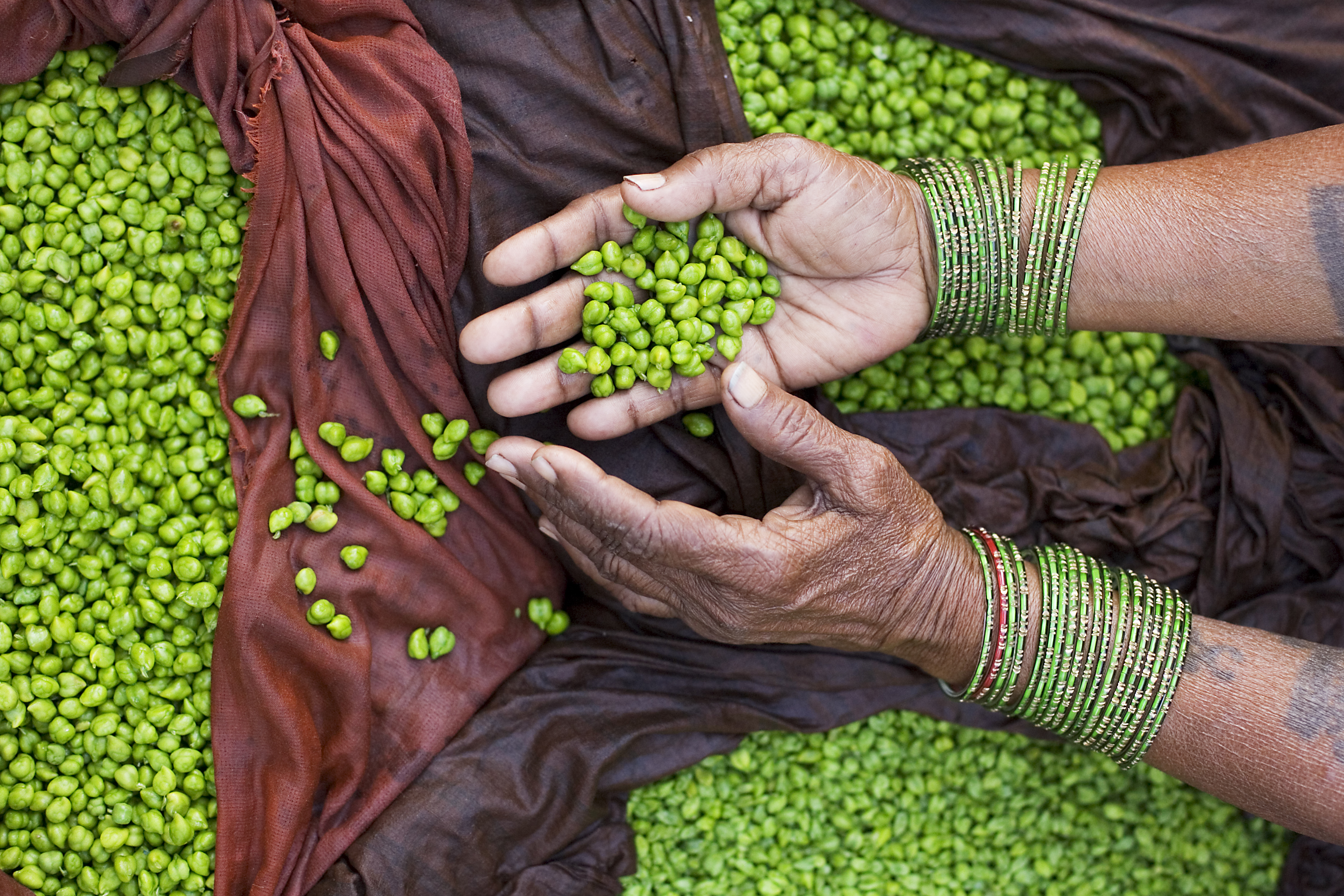
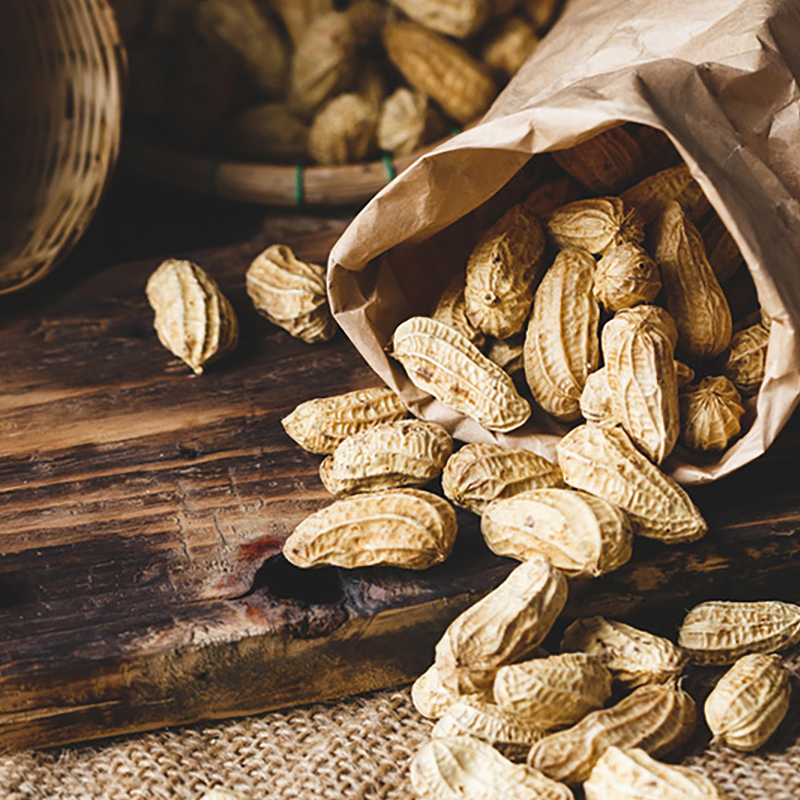
 Connect With Us
Connect With Us